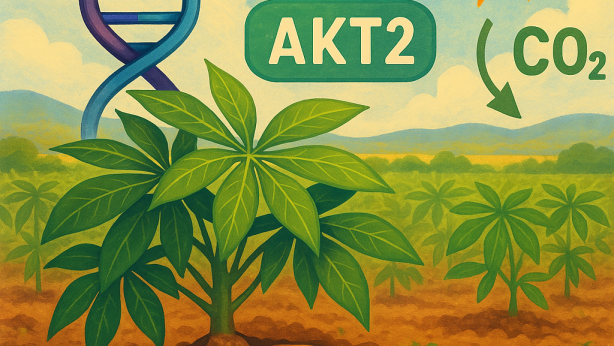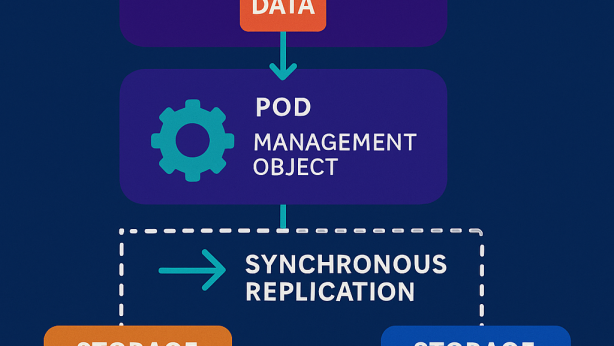Multiple Fraud Type Detection System And Methods
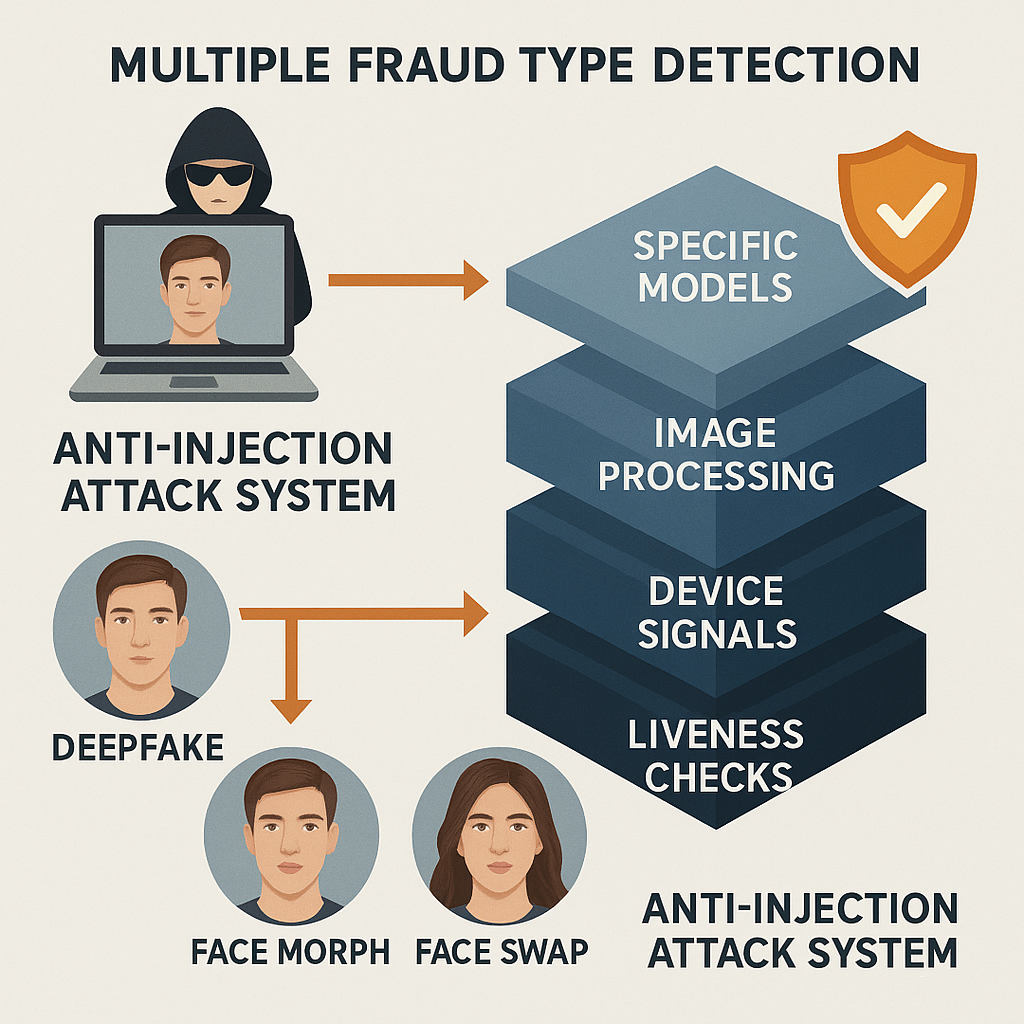
Invented by Huff; Daryl, Guang; Lei, Kapoor; Paras, Martirosyan; Hasmik, Melchy; Alix, Voronin; Artem, Wells; Stuart
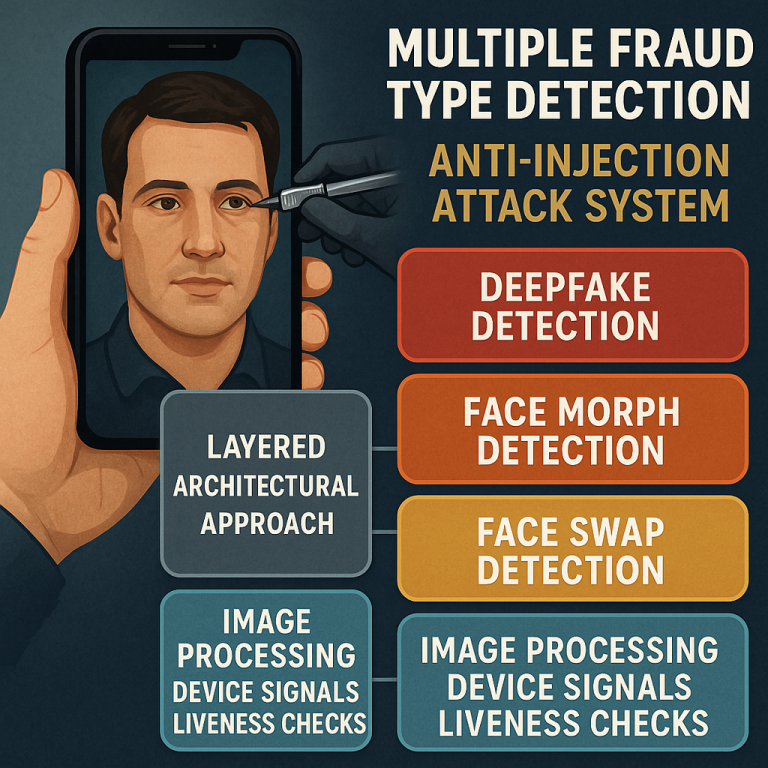
Fraudsters keep getting smarter, and technology keeps getting better. That means businesses have to work even harder to keep fraud out. One of the most important new inventions in this fight is a system and method for catching lots of different types of fraud—especially tricky ones like deepfakes, face morphs, and face swaps. In this blog post, we’ll break down a patent application for a multi-layered fraud detection system. We’ll cover why this matters, how it fits into the big picture, what science and old ideas this invention builds on, and finally, what makes this new idea so smart and useful.
Background and Market Context
Let’s start with why fraud detection is such a big deal today. In the past, checking someone’s identity was simple. If you wanted to open a bank account or get into a club, you showed your ID. A real person looked at your face, looked at your ID, and made a decision. But now, more and more things happen online—opening bank accounts, applying for loans, or even getting a new phone plan. Instead of showing your ID to a person, you send pictures of yourself and your documents over the internet.
This shift to digital is great for customers and businesses because it’s fast and easy. But it also opens the door for all sorts of new fraud. People can now use computer programs to make fake pictures and videos. These tricks are called deepfakes, face morphs, and face swaps. There are even free tools online that anyone can use to make these fakes. Some reports say that about 20% of successful account takeovers in a recent year used deepfakes. That’s a huge number.
Why is this happening? Because it’s easier than ever to create a fake photo or video that looks real. You don’t need to be a tech expert. You just download a tool, follow a few steps, and you can make a fake photo of yourself holding a fake ID. You can even swap faces or morph pictures to look like someone else.
For banks, phone companies, and online services, this is a nightmare. They have to make sure that the person on the other end of the computer is real and not a fraudster using fancy tricks. If they get it wrong, they could lose money, break the law, or hurt their reputation.
Old ways of checking for fraud, like simply matching a photo to an ID, don’t work very well against these new attacks. Even smart computer systems can get fooled because there are so many ways to make fakes. Plus, if a fraudster tries over and over, they might get through eventually.
This is where the new invention comes in. It’s a system that doesn’t just use one way to check for fraud. Instead, it combines lots of different checks—each one looking for a different kind of trick. By stacking these checks together, the system can catch more fraud and keep real people safe.
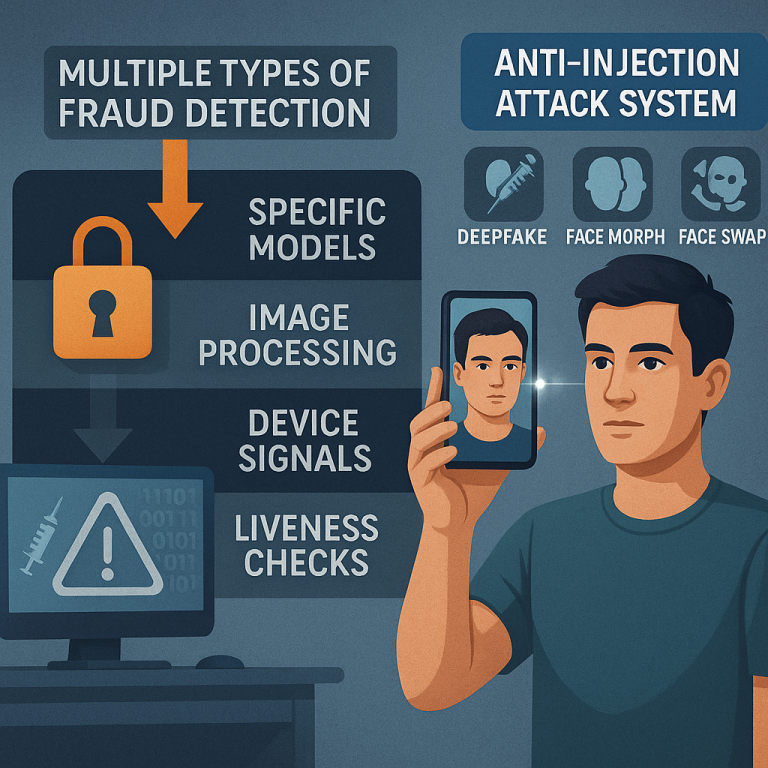
Scientific Rationale and Prior Art
Let’s talk about how science and earlier inventions led to this new system.
First, there’s facial recognition. Computers have learned to spot faces in pictures and even compare one face to another. This is used in everything from unlocking your phone to checking your passport at the airport. But facial recognition alone isn’t enough when someone is using a fake photo, a deepfake, or a morphed face.
Next, machine learning and artificial intelligence (AI) became popular. AI can spot patterns in huge sets of data, so it can learn to tell real photos from fake ones. But there’s a problem—there are so many different ways to make a fake image. Each tool leaves different marks or “artifacts” on the photo. To train an AI to see all of them, you’d need examples of every single kind of fake. That’s really hard to do.
Some solutions tried to fight fraud by looking at metadata—the hidden data in a photo file, like what device took the picture, where it was taken, and when. This can help spot some fakes, but clever fraudsters can change this information, too.
Other tools checked for “liveness.” This means they try to see if the person in the photo or video is really there, not just a picture on a screen. Some ask you to blink, move your head, or say something. Again, these checks can be fooled by advanced deepfakes or screen recordings.
There have also been attempts to spot injection attacks. In these, the fraudster tries to sneak a fake image into a system, maybe by using a virtual camera or by breaking into the software. Some tools check for weird device signals or strange behavior, but not all attacks can be caught this way.
Old systems often work alone—they use just one of these checks, or maybe two. But that means if a fraudster gets past one, they might be able to get through. Plus, most systems don’t keep track of repeated attacks. A fraudster might change just one detail in their fake and try again and again.
This patent application is different. It builds a layered defense. It’s like having a team of guards at every door, each one looking for a different kind of trick. If one guard misses something, another might catch it. This makes it much harder for fraud to slip through.
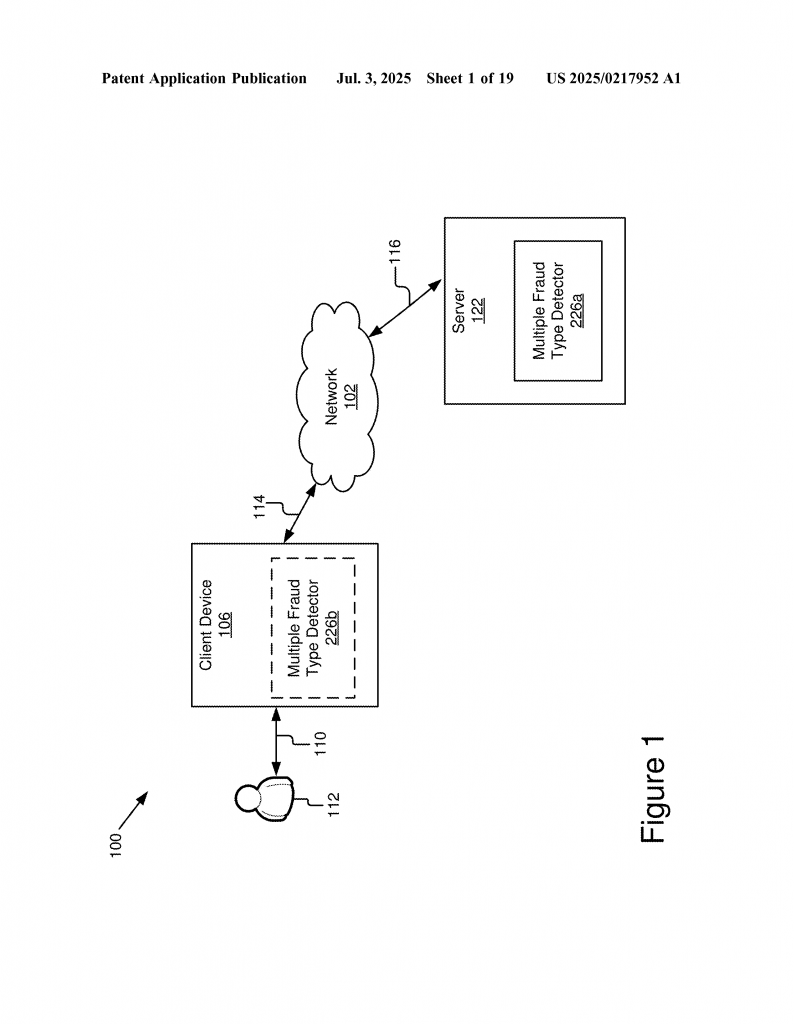
Invention Description and Key Innovations
Now let’s get into what makes this invention special, in plain and simple words.
The main idea is to catch many types of fraud at the same time. Instead of relying on one model or one method, the system uses a whole bunch of different tools. These tools work together, each checking for a different thing. At the end, the system puts all the results together and decides if the person’s photo or document is real or not.
Here’s how it works, step by step:
First, the system gets a picture or a video from a user. This could be a selfie or a photo of an ID. It can also get extra information, like device data or metadata from the image.
Then, the picture goes through a series of checks:
– Deepfake Detection: The system uses special models to look for signs that a photo or video was created by AI. It can check single frames (just one picture) or look at a whole video (many frames).
– Face Morph and Face Swap Detection: The system checks if someone has merged two faces together or swapped one face into another photo. These tricks often leave small clues, like weird edges where the faces meet.
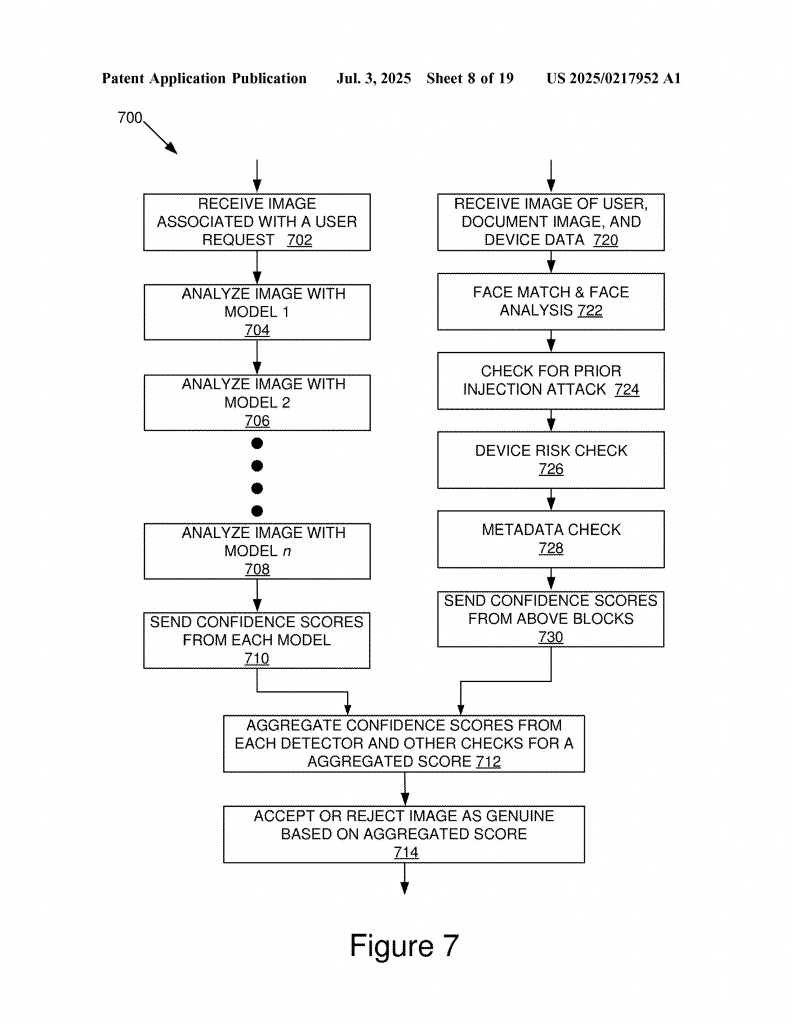
– Unknown Attack Detection: Even if the system hasn’t seen a certain type of attack before, it uses anomaly models to spot things that look unusual or suspicious.
– Subject and Scene Segmentation: This is a clever trick. The system breaks up the photo into parts (like the face, hair, neck, and background). It checks if any part of the image has been used in other fraud attempts. For example, if the same background shows up in lots of different photos, that’s a red flag.
– Liveness Detection: The system checks if the person in the photo or video is really there and alive, not just a picture on a screen. It might look for blinking, movement, or other signs of life.
– Device and Metadata Checks: The system looks at the hidden information in the photo or video file. It checks what device took the photo, if the settings make sense, and if the same device has been used in other fraud attempts.
– Face Match and Analysis: The system compares a selfie to the photo on an ID. It checks if they match, but also if the match is “too good.” If someone just copied the face from the ID onto a selfie, the poses and features might be exactly the same, which is suspicious.
All these checks send a signal to a “score generator.” This part of the system adds up the results, using smart math and sometimes machine learning. It creates an overall “fraud score.” If the score is too high (meaning there are too many red flags), the system rejects the photo or document. If the score is low, the person gets accepted.
What makes this system really smart is how flexible it is. New types of fraud pop up all the time. With this invention, you can add more checks as new tricks appear. It’s like being able to hire new guards for new doors, without rebuilding the whole system.
Here are some more clever parts:
– The system can remember past cases of fraud. If a fraudster tries again with a slightly changed photo, the system can spot parts that were used before.
– It can work with all kinds of inputs: just a selfie, just a document, both, or even a video.
– It can combine results from different checks in smart ways. For example, if one check is “not sure,” but another is very confident, the system can weigh those results and make a better decision.
– The system can update itself over time. If it misses a new kind of fraud, it can add that example to its training data and get better at catching it next time.
What does this mean for businesses? It means fewer fake accounts, less money lost to fraud, and a smoother process for real customers. It also means that as fraudsters invent new tricks, the system can keep up.
For regular people, it means more safety when you send your ID or selfie online. Your information is less likely to be stolen or misused.
Conclusion
Fraudsters are always looking for new ways to trick systems. Deepfakes, face morphs, and injection attacks are just the latest tools in their kit. But with this new patent application, there’s a powerful answer. By stacking lots of different checks together and combining their results, this system makes it much harder for fraud to slip through. It’s smart, flexible, and learns from new attacks. As the world goes more digital, inventions like this will be key to keeping people and businesses safe.
If you’re a business that deals with online identity checks, this invention points the way forward. If you’re a developer, it shows how to build strong, layered defense systems. And if you’re just an everyday person, it’s a promise that new technology is working to keep you safe, even as fraudsters get smarter.
Click here https://ppubs.uspto.gov/pubwebapp/ and search 20250217952.
